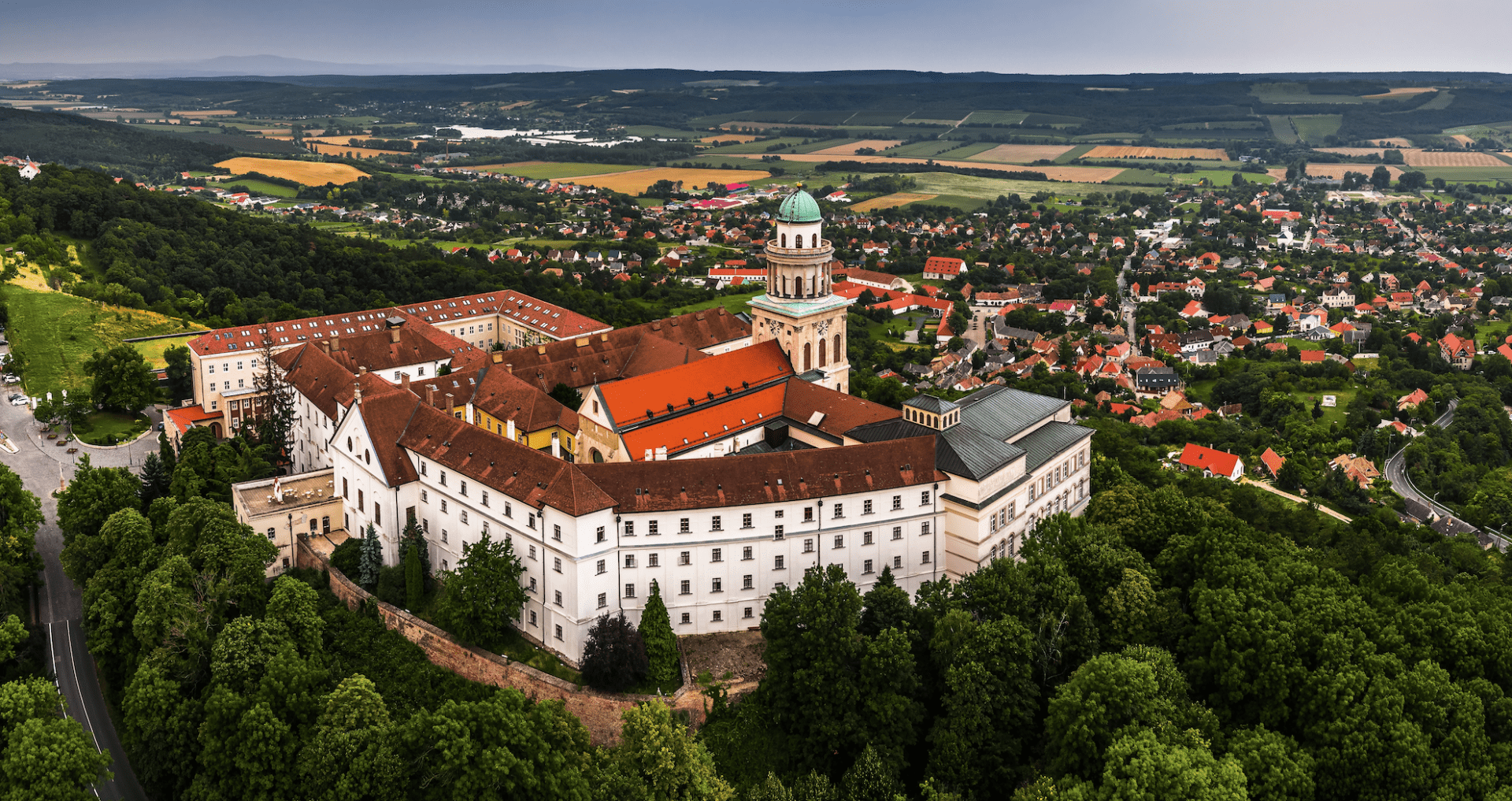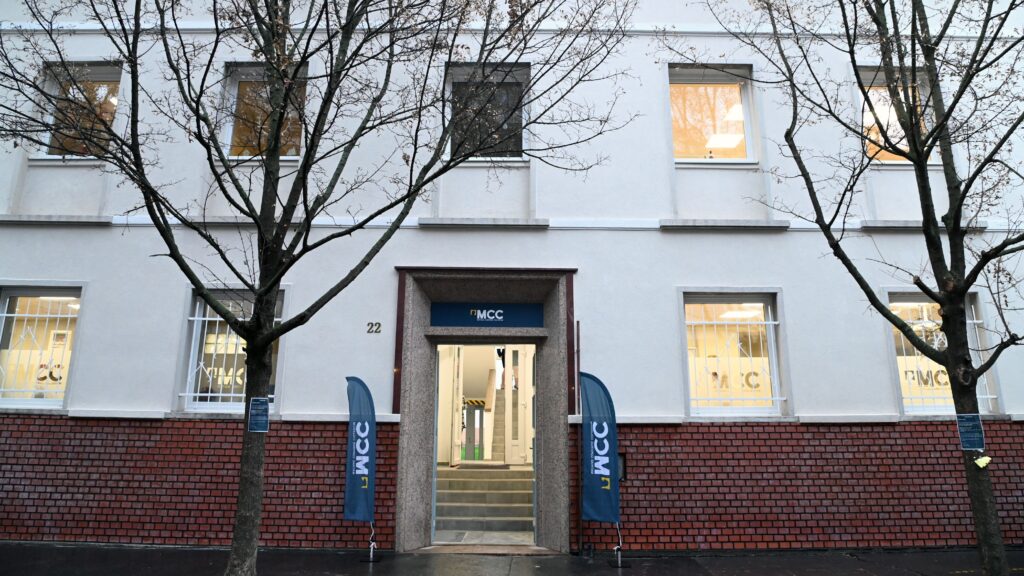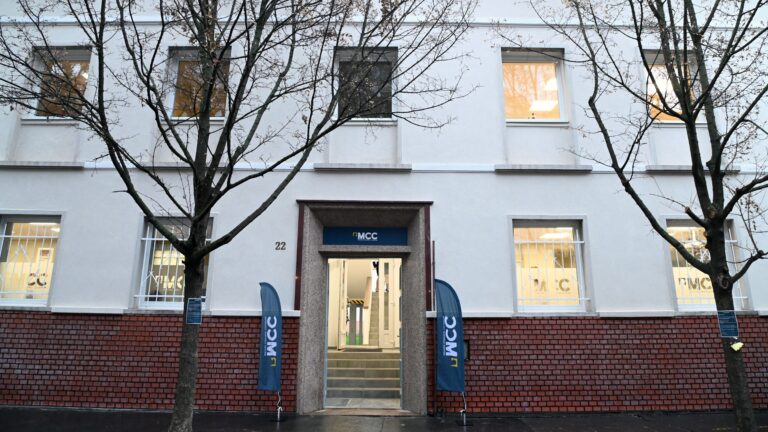In 996, before Hungary officially adopted Christianity, Grand Prince of the Hungarians Géza invited Benedictine monks to settle on a hill in Western Hungary. From this point on the monks played an important role in the diffusion of Christianity in the region. Less than a decade later, in 1002, Géza’s son, King Stephen I, canonised in 1083 and since then known as Saint Stephen, formally established a monastery on the hill which is now known as Pannonhalma. According to the legend, the Christian king prayed to God in the first temple to stand on the hill before going into battle against his main pagan competitor, Koppány. Later the first abbot of the monastery was sent to Rome to the pope from where he returned with the Holy Crown, recognising the Hungarian Kingdom as Roman Catholic. Hungary’s first king, Saint Stephen visited the monastery many times, and he entrusted the monks with the education of his son and heir, Prince Imre. The request of the King made a thousand years ago, asking the monks to pray for the survival of Hungary every day is honoured by the monks ever since.
The history of the Abbey is just as long and tumultuous as the history of Hungary. In 1241 the monastery successfully resisted the Mongol invasion, but during Hungary’s Turkish occupation (1526–699) the monks had to flee the Abbey a number of times. The abbey was re-established in the 1640s, just to be dissolved by the Habsburg ruler Joseph II in 1786. In 1802 the Benedictine monastery was allowed to reorganise itself, with the condition that it will take an active part in education—the school that was established to meet this condition has functioned as a boarding school on the premises of the monastery ever since. During state socialist times, the monastery was again deprived of its lands. The abbey could yet again re-establish itself as a centre of Hungarian Catholicism only after the regime change.
The foundations of the church which stands on the Pannonhalma hill today were laid in 1224. Over the centuries the monastery expanded; cloisters, chapels, a refectory and a library were added. The library that was built in the 19th century has over 300,000 volumes, making it the largest Benedictine collection in the world. The monastery is surrounded by a forest and a botanical garden that is home to over 400 exotic and indigenous plants. The monastic complex is the second largest in the world, after Montecassino in Italy. A number of foundational documents from Hungarian history have been preserved in the Pannonhalma archives. The most famous is the Establishing Charter of the Abbey of Tihany, which includes the oldest written words in the Hungarian language.
The monastery still has a vibrant community of monks, leading their lives based on the Rule of St. Benedict. Their dedication to following and sustaining a 1500-year-old code of conduct greatly contributes to the continuity of Hungary. The strict work ethic, followed by the 50 monks living in Pannonhalma, dictated by the Rules (the motto of Benedictines is ora et labora, a Latin phrase meaning ‘pray and work’) also enrich the nearby community with the special homegrown products of the monastery. Herbal tea, books, soaps, a great selection of wines and beers are all available for tourists visiting Pannonhalma. On the 1000th anniversary of its foundation, in 1996 the Benedictine Abbey of Pannonhalma was designated as a World Heritage Site by UNESCO.







